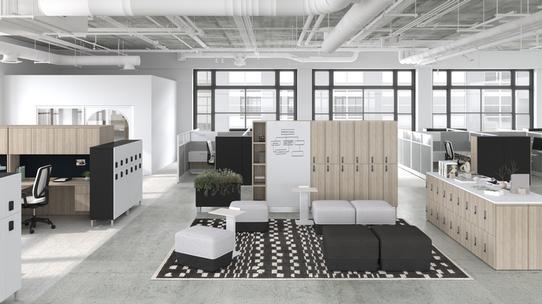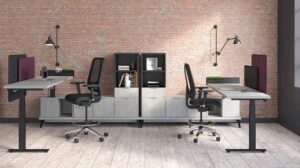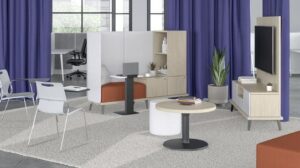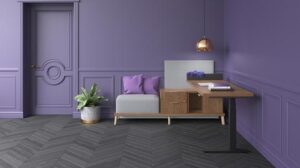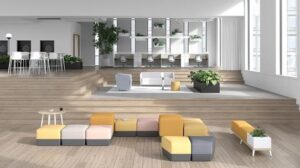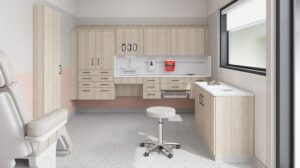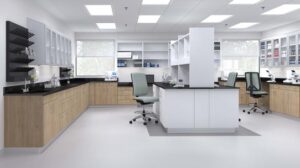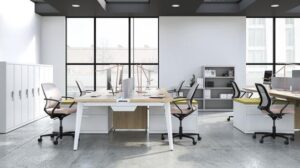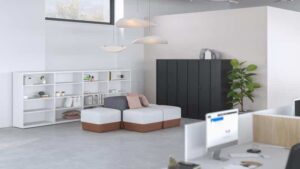Say goodbye to the rigid rows of identical desks. In today’s workspaces, you’ll find a vibrant mix of seating options-each designed to support a different work style, mood, or moment. This is the new era of office interior design, where modular furniture, particularly flexible seating, and thoughtful layouts are rewriting the rules of productivity and well-being. But what are the different types of flexible seating, and how do they function in the modern workspace? Let’s explore how these solutions, inspired by the latest in corporate interior design, are shaping the future of collaboration and comfort.
The Rise of Multifunctional Seating in Office Interior Design
The days of one-size-fits-all workspaces are over. Today’s office interior design is about choice, adaptability, and creating environments that empower every employee to do their best work. At the heart of this transformation is multifunctional seating-solutions that move seamlessly between individual focus, team brainstorming, relaxation, and informal meetings. Studio Forma, a leader in corporate interior design, champions this approach, ensuring that every piece of modular furniture is both aesthetically pleasing and ergonomically sound.
Flexible seating isn’t just about variety. It’s about making your workspace responsive to the evolving needs of your workforce. By integrating modular furniture and innovative seating options, companies can create offices that foster creativity, collaboration, and efficiency, all while boosting employee satisfaction and well-being.
Types of Flexible Seating and Their Functions
Task Chairs:
The classic task chair remains a staple in office interior design, but today’s versions are anything but basic. Ergonomic, adjustable, and designed for comfort during long hours, task chairs support focused work at desks or workstations. In a modular furniture setup, these chairs can be easily moved between hot desks, private offices, or collaborative pods, adapting to changing team needs.
Conference and Meeting Chairs:
Collaboration is the lifeblood of modern business, and conference chairs are designed to keep teams comfortable and alert during group sessions. In corporate interior design, these chairs are often lightweight and stackable, making it easy to reconfigure meeting rooms for large presentations or small breakout discussions. The flexibility of modular furniture ensures that conference spaces can be transformed at a moment’s notice.
Lounge Seating:
Lounge chairs and sofas bring a touch of comfort and informality to the workplace. These flexible seating options are perfect for relaxation zones, casual brainstorming, or impromptu one-on-ones. In office interior design, lounge seating is often paired with modular furniture like movable coffee tables, allowing teams to create their own collaborative hubs or quiet retreats as needed.
Benches and Collaborative Booths:
Benches and booths are the social glue of the modern office. Designed for group work and spontaneous conversation, they invite employees to gather, share ideas, and build relationships. In corporate interior design, these modular furniture solutions can be arranged in open areas or tucked into alcoves for semi-private collaboration, supporting everything from project kickoffs to informal check-ins.
Stools and High Seating:
Stools and high-top tables are ideal for quick meetings, touchdown work, or standing collaboration. Their mobility and compact footprint make them a favorite in agile workspaces, where teams need to move fast and stay connected. In office interior design, stools can be paired with modular furniture to create flexible café-style zones or brainstorming corners that energize the team.
Occasional and Side Chairs:
Occasional chairs are the chameleons of flexible seating. Lightweight and easy to move, they can fill gaps in lounge areas, provide extra seating for guests, or support small-group discussions. In corporate interior design, these chairs are often used alongside modular furniture to make every inch of the office adaptable and inviting.
Stacking and Nesting Chairs:
When it comes to maximizing space, stacking and nesting chairs are essential. These chairs can be quickly set up for training sessions, town halls, or team workshops, then stacked or nested away to open up the floor for other activities. Modular furniture and flexible seating like this ensure that the office remains ready for anything-no matter how the day unfolds.
The Advantages of Flexible Seating in Modern Workspaces
Flexible seating, when paired with modular furniture, offers more than just convenience. It creates a culture of autonomy, trust, and respect. Employees feel empowered to choose the environment that best suits their work style, fostering a sense of ownership and engagement. For leaders, this means higher morale, better collaboration, and a more innovative, resilient organization.
In office interior design, flexible seating also optimizes space and reduces costs. Instead of investing in static, single-purpose furniture, companies can adapt their layouts as teams grow, projects change, or hybrid work evolves. This agility is at the heart of future-ready corporate interior design.
Key Takeaways
- Flexible seating and modular furniture are transforming office interior design by supporting collaboration, comfort, and adaptability.
- Task chairs, conference chairs, lounge seating, benches, stools, occasional chairs, and stacking chairs each serve unique functions in the modern workspace.
- Modular furniture enables seamless transitions between individual work, team meetings, and social gatherings.
- Corporate interior design that embraces flexible seating fosters autonomy, well-being, and innovation.
- The future of work belongs to offices that adapt-where every seat is an invitation to connect, create, and thrive.
The evolution of office interior design is about more than aesthetics-it’s about creating spaces that empower people to do their best work, together. By investing in flexible seating and modular furniture, organizations unlock new levels of collaboration, comfort, and creativity. The result? Workspaces where every generation, every team, and every individual can thrive. In the world of corporate interior design, the most powerful seat is the one that’s ready to move, adapt, and inspire.
Frequently Asked Questions (FAQ):
How does flexible seating improve office interior design?
Flexible seating allows offices to adapt to changing team needs, support different work styles, and make the most of every square foot, creating a dynamic and inviting environment.
Why is modular furniture essential in corporate interior design?
Modular furniture enables quick reconfiguration of spaces, supports collaboration, and ensures that the office remains functional and future-ready as the organization evolves.
What are the benefits of ergonomic flexible seating in the workplace?
Ergonomic task chairs and adjustable desks reduce physical strain, boost comfort, and support employee well-being, leading to higher productivity and job satisfaction.
